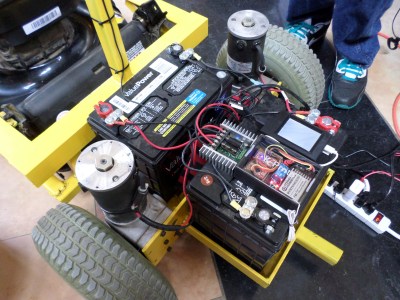We’re less than a week away from the Hackaday Superconference, where we’ll be announcing the winners of the Hackaday Prize. The Hackaday Prize is a celebration of the greatest hardware the Hackaday community has to offer, and in the past three years we’ve been running this amazing contest, we’ve seen some awesome stuff.
While not every project entered into the Hackaday Prize has gotten off the ground — the lawnmower-powered killacopter of decapitation is still tethered to its test stand — there have been some spectacular projects over the past few years that have already had an incredible impact in industry, academia, and the security industry. For the next few days, we’re going to revisit these projects, see how they’re doing, and look at the impact they’ve had on the world of Open Source hardware.
The first project we’re taking a look at is the ChipWhisperer a tool created by Colin O’Flynn to look at the secret insides of chips and firmware despite whatever embedded security is enabled on said chip. The ChipWhisperer was an entry into the first Hackaday Prize where it won second place. Since then, the ChipWhisperer has become the de facto hardware tool for investigating clock glitching, side channel analysis, and other exotic magic tricks that make security analysis so much fun.
























